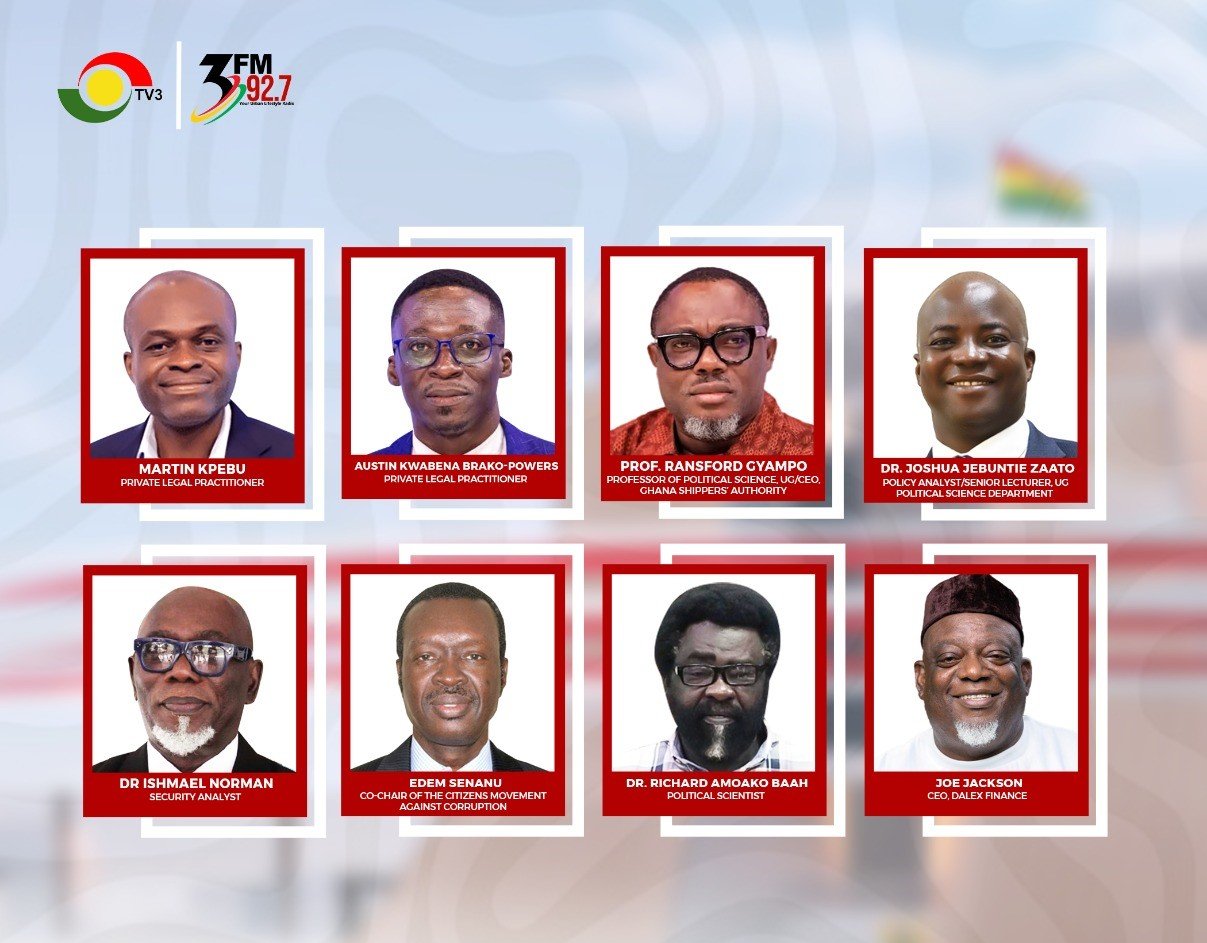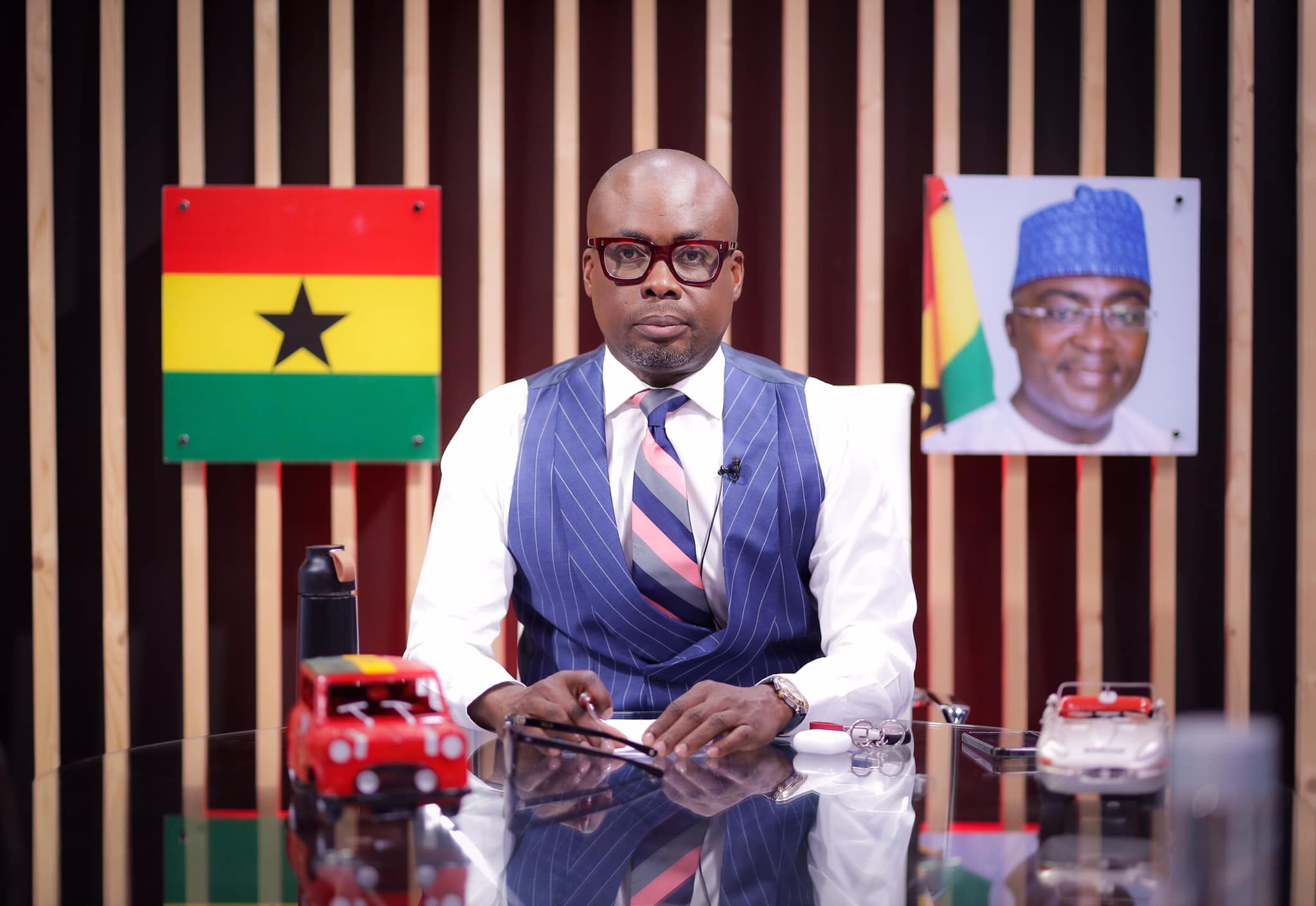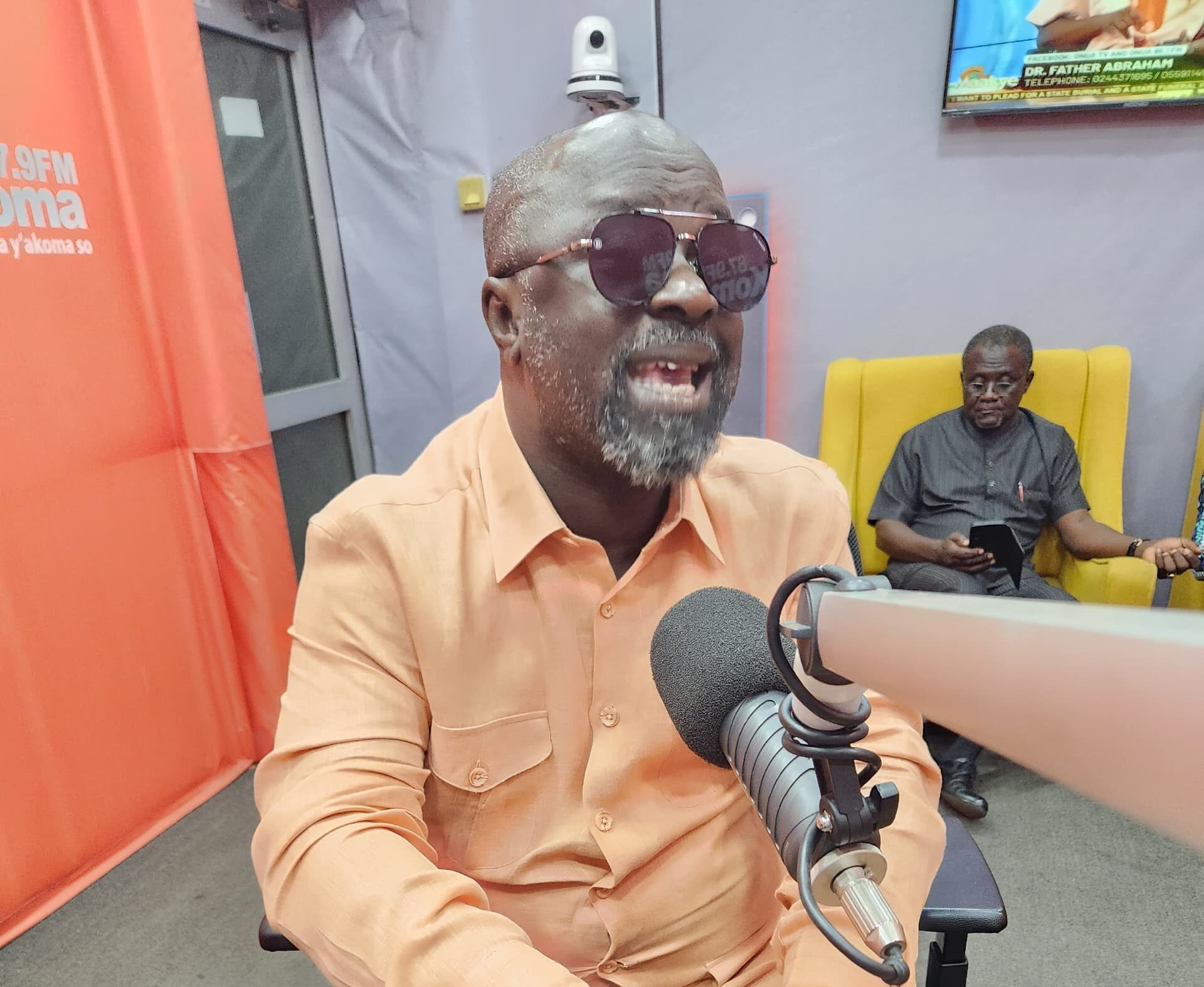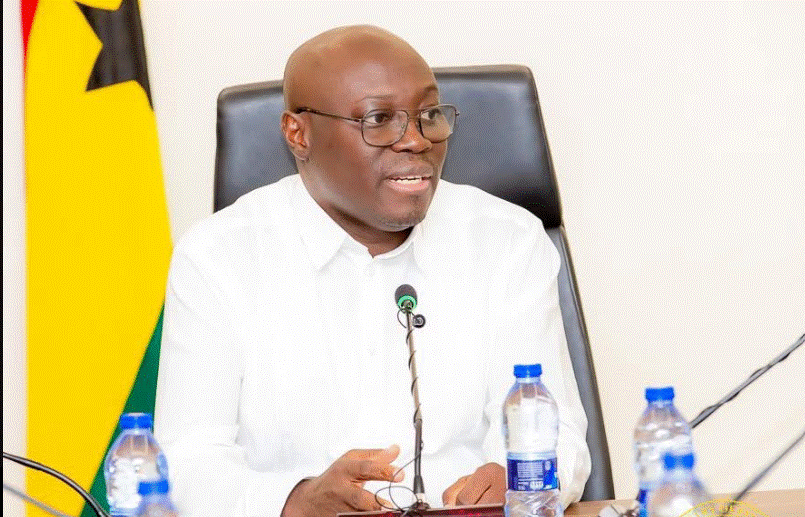
The Bank of Ghana (BoG) Governor, Dr. Johnson Asiama, has indicated that the Monetary Policy Committee (MPC) could convene earlier than its scheduled September 23–26 meeting to consider a further cut to the benchmark Monetary Policy Rate, should the inflation trajectory continue downward in July and August.
Speaking at a post-MPC policy seminar organised by the Chartered Institute of Bankers (CIB) Ghana in Accra, Dr. Asiama said the central bank is closely monitoring inflation data and will act decisively if the disinflation process remains on course.
“If we see July and August inflation going down further, the committee may have to meet ahead of its next meeting date to adjust the policy rate once again,” the Governor said, adding that the broad progress recorded has not been accidental.
“It is the outcome of deliberate, data-driven and coordinated policy actions,” he further stated.
The comments follow a 300 basis-point cut to the policy rate last week, bringing it down to 25 percent – its lowest level since 2022 – after a sustained drop in inflation and improvement in macroeconomic fundamentals.
Headline inflation declined from 23.8 percent and 22.4 percent in December 2024 and March 2025 respectively. The metric further fell to 18.4 percent in May and 13.7 percent in June 2025, according to the Ghana Statistical Service.

The Ghana Reference Rate (GRR), a weighted pot of the MPR, average Interbank rate and Treasury bill rates, has also trended downward from 32.17 percent in January 2024 to 29.72 percent a year later and 23.69 percent in July 2025.
Dr. Asiama highlighted that inflation expectations across consumers, banks and businesses are now broadly anchored, with core inflation easing significantly. He attributed the improving outlook to tighter monetary policy since early 2025, disciplined fiscal consolidation and stronger external sector performance.
Fiscal deficit narrowed to 0.7 percent of GDP in first-half 2025, below the budgeted 1.8 percent. The current account registered a US$3.4billion surplus while gross international reserves increased to US$11.1 billion, equivalent to 4.8 months of import cover. Meanwhile, the cedi has appreciated by over 40 percent against the US dollar year-to-date, reducing imported inflation and improving purchasing power.
Banks and real economy
However, the Governor stressed that a low-interest-rate environment will require banks to reassess their operational and credit risk frameworks.
“Banks have to start assessing themselves, especially their credit infrastructure,” Dr. Asiama said.
“We will soon come out with a notice on credit risk for banks and it’s all in line with what we see coming,” he added.
He noted that the banking industry must prepare to transition away from relying on high-yield government instruments and toward core intermediation, offering lower-cost credit to productive sectors of the economy.
“The era of high interest rates and passive investment by banks in government securities is ending. Banks must now begin to reimagine their business models, refocusing on intermediation, innovation and credit expansion to productive sectors,” the Governor explained.
He identified small and medium enterprises (SMEs), agriculture and green finance as critical areas for lending under the emerging regime.
“It is possible to lend at below 10 percent in this country, but banks need to get ready and embrace that shift,” he added.
This comes as concerns remain over flat private sector credit (PSC) on one hand and sharp non-performing loans on the other.
In nominal terms, PSC stood at GH¢87.7billion in January and GH¢87.3billion in February 2025. March and April recorded GH¢88.4billion and GH¢86.2billion respectively. May was GH¢82.4billion and June GH¢84.8billion, while the NPL ratio has increased from 22.6 percent in January to 23.1 percent in June 2025.
Stakeholder insights

Also speaking at the seminar, CIB Ghana CEO Robert Dzato presented findings from a recent study conducted by the Institute to assess how monetary policy is perceived by banking executives and stakeholders.
The study, based on interviews with bank CEOs and other high-ranking officials, revealed strong support for recent MPC decisions with over 85 percent of respondents expecting the last rate cut.
Mr. Dzato said bankers view the policy rate as an effective tool in containing inflation but emphasise the need for further easing to support credit growth and economic recovery.
“Stakeholders are looking for a better alignment between monetary policy actions and growth expectations,” he added.
He further stated that respondents identified structural barriers to lending – including regulatory liquidity constraints, credit risk concerns and volatility – in funding costs as key factors limiting banks’ willingness to extend credit to the private sector.
“High NPLs and the cost of credit continue to be a significant concern for banks in their efforts to extend credit,” he said.
The post BoG signals possible early rate cut, if inflation eases further appeared first on The Business & Financial Times.
Read Full Story

















Facebook
Twitter
Pinterest
Instagram
Google+
YouTube
LinkedIn
RSS